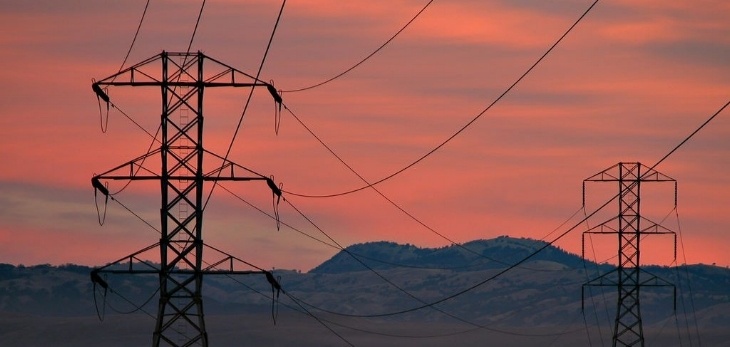/FL%20SolarTogether%20blog%20graphic-730.png?width=730&name=FL%20SolarTogether%20blog%20graphic-730.png)
Florida, the Sunshine State, has always had good reason to develop solar power, but has still lagged behind other states. More recently, the case for Florida solar has strengthened even more. The price of solar has fallen by 36% in Florida over the last five years. This low-cost, fixed-price resource is particularly attractive to companies with commitments to renewable energy, including General Electric and Disney, while cities like Orlando, Sarasota, and Tallahassee that have established 100% renewable energy targets. Despite the economics of solar and commitments from companies and municipalities, Florida has not taken the lead on solar. The recent approval of a major solar program for customers of one utility will not do it all, but it’s a good start.
/Indiana%20Coal%20Boxing-730.png?width=730&name=Indiana%20Coal%20Boxing-730.png)
/Rip%20Off%20Band-Aid.png?width=730&name=Rip%20Off%20Band-Aid.png)
/EEdayBPFinal-730.jpg?width=730&name=EEdayBPFinal-730.jpg)
